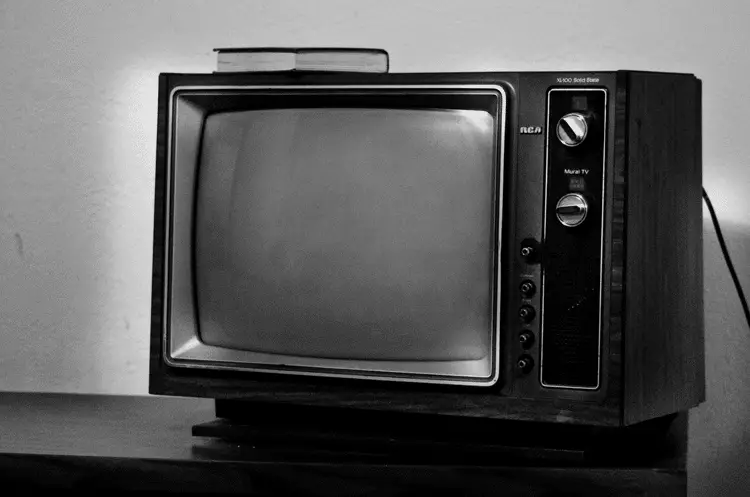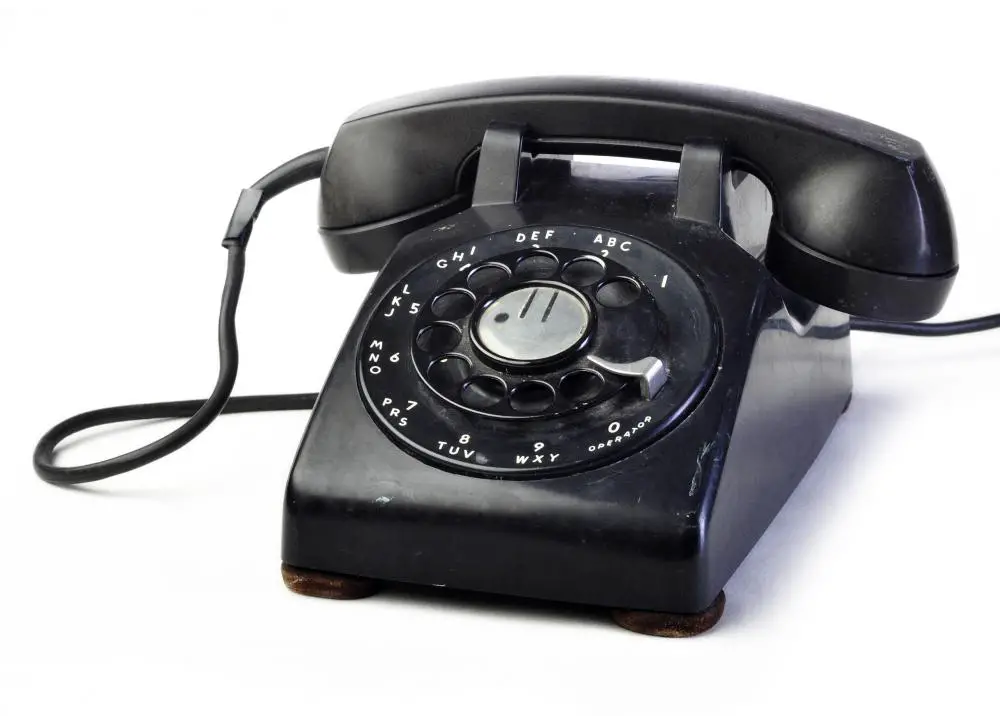The history of photography is the story of how people learned to capture light, and it’s an incredible tale. From the earliest experiments in camera obscura to today’s high-tech digital cameras, photography has evolved over centuries into a medium that can tell us so much about ourselves and our world.
The early history of photography
Early photography began in 1826 when Joseph Nicéphore Niépce took a photograph of a view from his window.
The first camera was called a camera obscura (Latin for “dark room”), which used light to project an image onto paper or other surface. It was invented in 1685 by Johann Zahn, who also created the first portable camera obscura that could be carried around.
19th Century Photography
- The first daguerreotypes were made in the mid-19th century and were very popular. People wanted to own and take portraits professionally, which required visiting a photographer’s studio.
- In 1851, the first photographic societies were formed by photographers who wanted to share their knowledge and promote photography as an art form. A few years later, the first photography magazines appeared on newsstands all over Europe and America; these magazines featured articles about different types of cameras and photographs taken by famous artists like Alfred Stieglitz (who would later become one of America’s most influential photographers).
- By 1860 more than 100 female photographers were working throughout Europe. Still, only some had succeeded until Julia Margaret Cameron began taking portraits of famous people such as Charles Darwin and Thomas Carlyle using her large format camera during this period! She also traveled extensively around England, photographing outdoors instead of inside studios where most other early photographers worked.”
Early 20th-century photography
The early 20th century saw photography become a widely used medium. The first color photographs were created, and photographers began experimenting with different styles. The medium was still being developed, with new techniques being invented all the time (like flashbulbs).
By this time, photography had become ubiquitous because it had been around for so long. Its uses varied from painting portraits to documenting events such as wars or natural disasters.
One of the most important developments in photography during this period was that it became possible for photographers to capture images of moving objects using stroboscopic lights; these images could then be projected on screens at high speeds so viewers would see them move like actual motion pictures! This process is called cinematography (which means “writing with light”).
Mid 20th-century photography
- The mid-20th century was a time of significant growth and innovation in photography. It saw the advent of color film, which allowed photographers to create images that were more vibrant and lifelike than ever before.
- In addition to this development, several other advancements took place over this period:
- Large-format cameras became popular; these allowed photographers to capture images with greater detail than different types of cameras could manage.
- Polaroid instant film became available in 1948; this process produced immediate prints that didn’t require processing by professional darkrooms (which were expensive).
Late 20th-century photography
In the late 20th century, photography was revolutionized by digital cameras. The first digital camera was created in 1975 by Steven Sasson and his team at Kodak, and it was in the 1990s these cameras became widely available to consumers. By this point, digital photography had already begun making waves within the art world; artists such as Jeff Wall were creating large-scale photographs that could be printed on canvases or paper without any negative film whatsoever (Wall’s pieces were often printed onto vinyl). This new method allowed for greater flexibility in terms of scale and composition than traditional prints made from negatives would allow for; it also meant that photographers no longer needed access to darkrooms or chemical baths to develop their work!
The news industry also began using more advanced technology than ever during this period; advances like satellite transmission enabled news agencies worldwide (including Reuters) to send images across oceans faster than ever before, and then there was CNN…
There are many different periods of photographic history.
There are many periods of photographic history, each with its style and techniques. The earliest photographs were created in the 1840s and 1850s by Louis Daguerre in France and William Henry Fox Talbot in England. These men developed methods for producing images on silver-plated copper sheets using light-sensitive chemicals, but their process was prolonged and expensive.
Photography took off when Kodak introduced roll film in 1888 (the company’s first commercial use of roll film). Roll film allowed photographers to take multiple exposures without reloading their cameras every time they wanted to shoot another picture – this made it possible for amateur photographers and professionals like journalists or doctors who needed quick access to multiple photographs while working out in the field!



